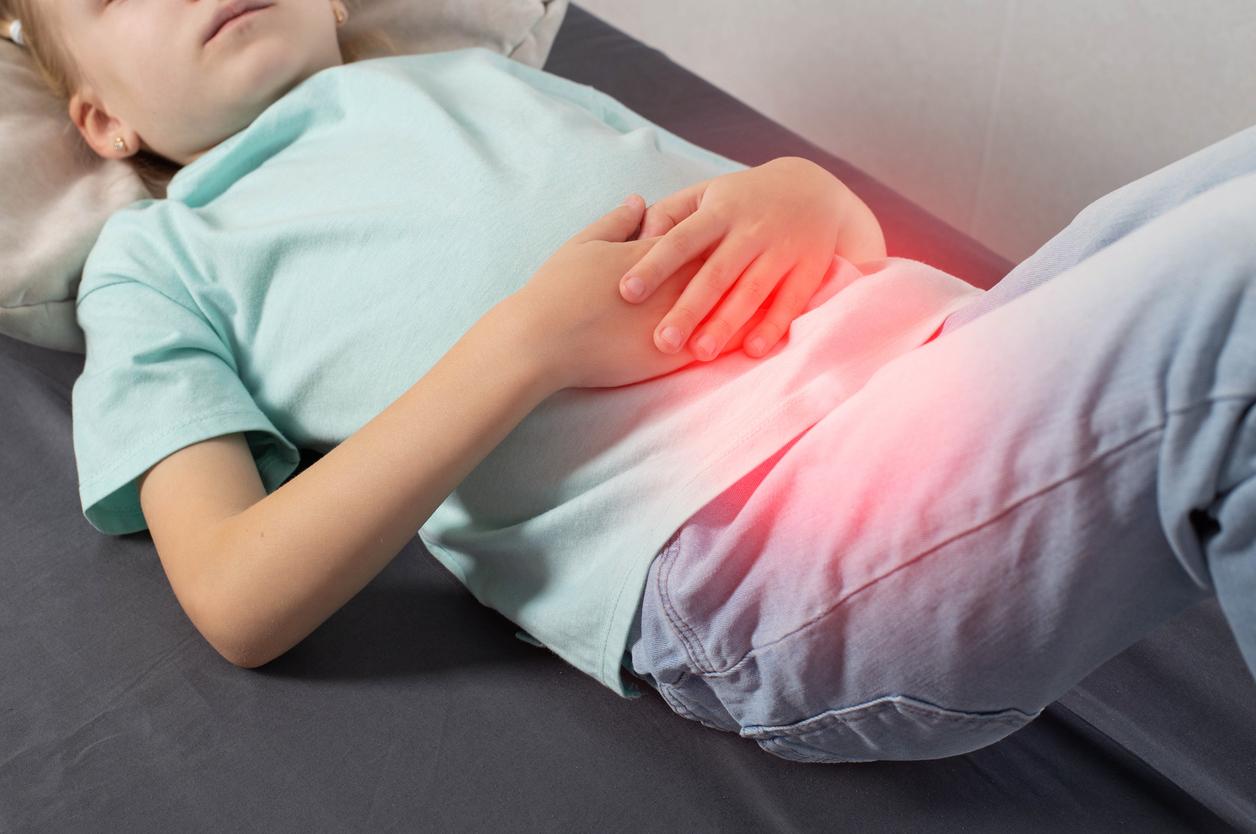Appendectomies decrease by nearly 3% each year. Except for severe forms of appendicitis. In addition, mortality during the stay is very low.

For a very long time, having your appendix removed was the most frequent surgical operation in France. In its latest report published this Friday, the Drees (1) recalls that in the past, the fear of letting a simple acute appendicitis develop into peritonitis or an abscess led surgeons to operate on patients at the slightest suspicion. But for several years, there has been a long decrease in appendectomies in France.
3% reduction per year in appendectomy stays
In 1997, when data are available, 162,500 appendectomies were performed. There were 138,400 in 2000, 107,600 in 2003, 98,700 in 2006, 92,000 in 2009 and 83,400 in 2012. There is therefore an 8% drop in appendectomies on average each year between 2000 and 2003. However, it is slower after 2003 (-2.8% per year between 2003 and 2012).
La Drees explains that this significant decrease coincides with the period when morphological examinations, ultrasound or CT scan, have become customary in the diagnostic process of acute appendicitis. It was slower in fact before 2000 and after 2003.
On the other hand, the number of stays with a diagnosis of severe acute appendicitis increased between 1997 and 2012 (+ 7%). This increase in the number of severe forms is mainly due to the growth and aging of the population, explains Drees.
1st beneficiaries of this reduction: children and teenagers
In addition, it is between 5 and 19 years that the rate of appendectomies decreased the most during the period studied by DREES. This decline, which is still more significant among girls, is 75% among 5-9 year olds, 66% among 10-14 year olds, and 51% among 15-19 year olds.
Result: for all appendectomies, the average age fell from 18.2 years in 1986 to 28.4 years in 2012.
Low mortality, except in the elderly
Another conclusion of the Drees, when appendectomy is performed for non-severe appendicitis, mortality is less than 0.5 per thousand during the stay and it has not changed since 1997. On the other hand, that of abscesses and peritonitis is much higher (6 times greater for abscesses and 17 times for peritonitis). However, half of the mortality results from interventions for non-appendicular disease.
While the low mortality rate is low, it mostly affects elderly patients. Globally less than 0.5 per thousand before age 55, it reaches 2% between 75 and 84 years and almost 7% among those 85 and over. In 2012, 60% of total deaths occurred in patients 75 years of age or older, most often as a result of severe appendicitis or non-appendicular disease.
Majority of laparoscopy
Finally, the last observation of DREES, that of the change in the method used for an appendectomy. The use of laparoscopy is more and more frequent. Thanks to this technique, which consists of inserting an optical fiber and surgical instruments into the abdomen without widely opening the abdomen, the surgeon can thus perform the operation by locating himself on a screen.
In France, in 1993, less than 18% of appendectomies were performed laparoscopically. And the progress of laparoscopy has been continuous. Today, in 2012, seven people out of ten are operated on with this technique and the male “backwardness” is gradually closing (66% for men and 74% for women).
(1) Department of research, studies, evaluation and statistics
.















